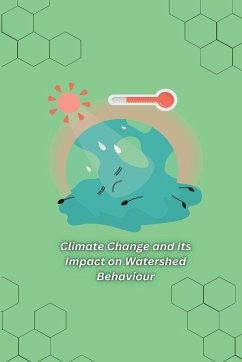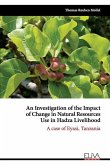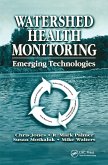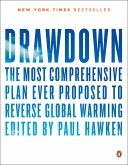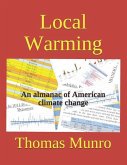Changing climate disturbs the environment and natural resources immensely. Apart from the temperature and precipitation, some other parameters i.e., evapotranspiration, relative humidity, wind speed and solar radiation also play a major role which leads to significant hydrological consequences due to climate change. With an increasing population, there has been a consistent rise in demand for water and other natural resources thereby limiting their availability on a per capita basis. The situation of water availability is becoming more troublesome due to the added stress of climate change on the water resources which vary both temporally and spatially. A Watershed or catchment is a basic unit generally used for the study of the hydrogeological and morphological phenomenon. The watershed environment is characterized by hydrology, geomorphology, topographical and vegetational characteristics which collectively can be referred to by watershed health. Availability of various natural resources including water, vegetation etc. is a function of watershed health. Climate change is modifying the overall watershed or catchment behaviour and their characteristics in many ways leading to a variety of adverse consequences like reduced water availability or drought, flood nuisance, reduced groundwater recharge, overexploitation of groundwater, soil erosion, reduction in life of the reservoir, reduction in vegetation and evapotranspiration, increase in temperature, loss of flora, fauna and other ecological disturbances (Mamuye and Kebebewu, 2018; Ficklin and Abatzoglou, 2018; Zareian et al., 2017; Pumo et al., 2017; Wang et al., 2014; Deressa et al., 2011; Jiang, et al., 2007).
